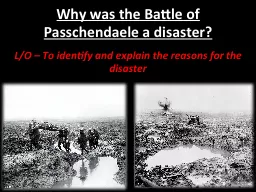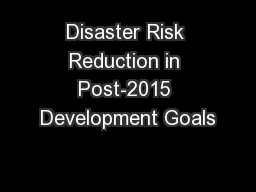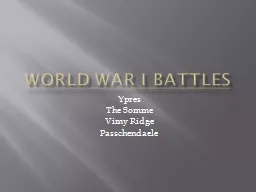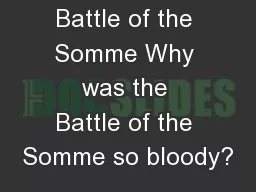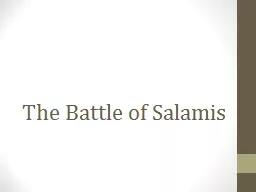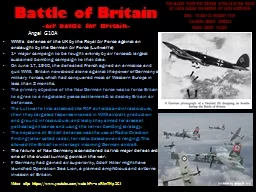PPT-Why was the Battle of Passchendaele a disaster?
Author : pamella-moone | Published Date : 2017-08-19
LO To identify and explain the reasons for the disaster 1917 Allied Collapse In 1917 the new French General Nivelle put forward a plan to break the deadlock However
Presentation Embed Code
Download Presentation
Download Presentation The PPT/PDF document "Why was the Battle of Passchendaele a di..." is the property of its rightful owner. Permission is granted to download and print the materials on this website for personal, non-commercial use only, and to display it on your personal computer provided you do not modify the materials and that you retain all copyright notices contained in the materials. By downloading content from our website, you accept the terms of this agreement.
Why was the Battle of Passchendaele a disaster?: Transcript
Download Rules Of Document
"Why was the Battle of Passchendaele a disaster?"The content belongs to its owner. You may download and print it for personal use, without modification, and keep all copyright notices. By downloading, you agree to these terms.
Related Documents

